India is a gigantic country, with many states and regions of completely different traditions. However, there are some elements of this beautiful country that are respected as important motifs: the national symbols of India.
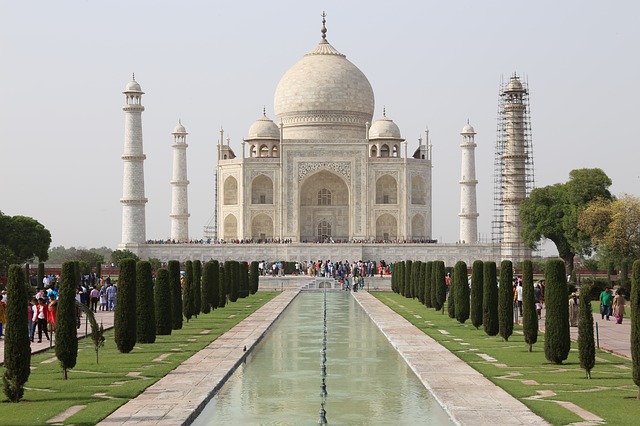
Song
Every nation has a song or anthem that incites patriotism in citizens. For India, it is a song called Vande Mataram, composed by Bankim Chandra Chatterji, in Sanskrit. Vande Mataram means “Hail to the Mother(land,)” and it was created in 1876. However, the people of India only saw it in 1882 in Anandamatha, a novel written by the author/poet. It is regarded as an equally important song as the Indian National Anthem: Jana Gana Mana. Vande Mataram was first sung at the National Congress in 1896, and it symbolizes a brave voice that dared speak out against the British rule (the country was struggling for its independence.) The song quickly gained momentum and the locals swarmed the streets of large cities, shouting “Vande Mataram!” Naturally, this scared the British, so they banned the song immediately and imprisoned any freedom fighter they could find. Here is the song and its English translation.

Animal
It is a well-known fact that the tiger is India’s national animal. It was chosen to symbolise the country because it is strong, graceful and incredibly agile. It has also been considered a royal animal since the time of the maharajas – even the name of the Royal Bengal Tiger is a perfect example of how important these animals are in representing the country. Unfortunately, the tiger population is decreasing due to poachers – it is because of this that the government made efforts, and created many tiger sanctuaries to protect these magnificent animals.
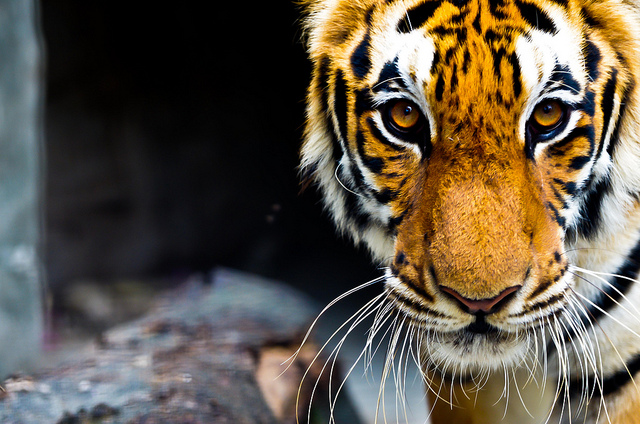
Bird
India’s national bird is none other than the peacock. It is breath-taking, graceful and has been depicted as the companion of many Gods and Goddesses. They are considered sacred, and hunting them for food or their feathers is banned. They enjoy full protection under the Indian Wildlife Act, introduced in 1972. In Hinduism, the peacock symbolizes the God of Thunder, war and rains. Many believe that when a peacock fans its tail to uncover the vast beauty of it, it means that rains are approaching. It can even be observed in nature; when storm clouds come, the peacock spreads its tails and does a rhythmic dance – a dance that has been partially incorporated into the traditional dance form Bharatha Natyam.
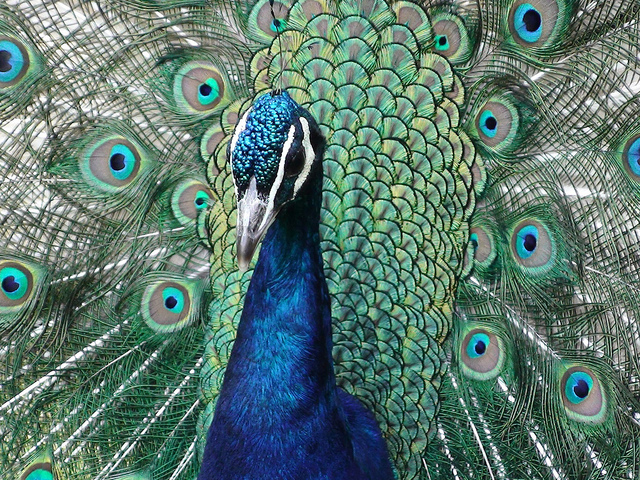
Fruit
Called the “Food of Gods,” in the sacred Vedas, India’s national fruit is the mango. It is fitting then, that mangoes are grown all over the country (except where the temperature drops below 40 degrees Fahrenheit), and have been cultivated for centuries. Fun Fact: There are more than a hundred types of mangoes that are grown in India, each possessing different combinations of taste, colour and shapes. Well-known poets, such as Kalidasa, have sung songs about the national fruit, too.
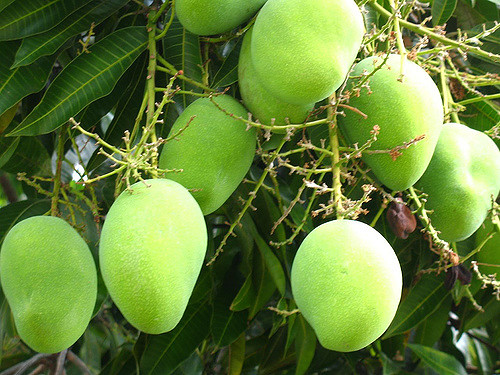
Tree
India is represented by the banyan tree, one of the most special and beautiful types of trees. They grow to be huge, with deep roots and long branches, all untied to form one whole. It represents the country’s unity – although there are many states with different traditions and cultures, the country as a whole keeps together. Due to their gigantic size, they protect against the scorching sun – that’s why one often finds them planted near homes, serving as a shield. In some villages, councils meet at the largest banyan tree, but they also utilize its plant as a means to cure different diseases. Its role in the Hindu religion is imperative: some of the Vedas clearly state that banyan trees have to be worshipped, because they symbolize eternal life.
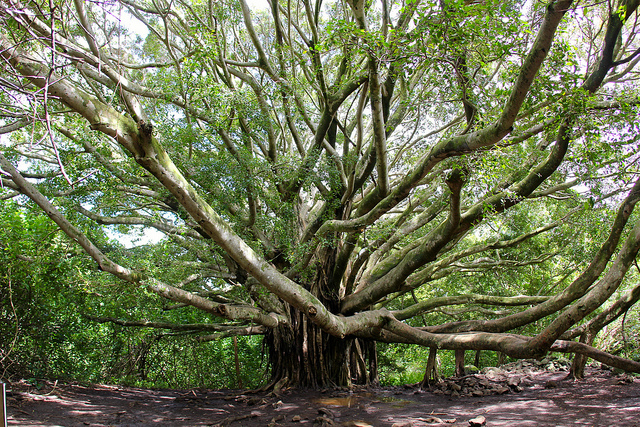
Flower
The lotus. This aquatic plant enjoys floating weightlessly on water, transforming lakes into watery fields of flowers. The lotus plays a significant role in mythology and arts, it is the sacred symbol of India. It represent fertility, knowledge and wealth, and is a fitting motif for the country’s resilience, as it can re-germinate for centuries. It is also a symbol for all things pure, since despite growing in muddy swamps, it grows to be clean and magnificent. We can observe the lotus in the representation of many Gods and Goddesses and it is regularly used in religious rituals. The lotus is so important, that it is specified in the Constitution as the National Flower. More often than not, people use its seeds to cure illnesses. Fun Fact: The lotus is also the national flower of Vietnam, and in ancient Egypt, the lotus was the symbol of the Sun God.
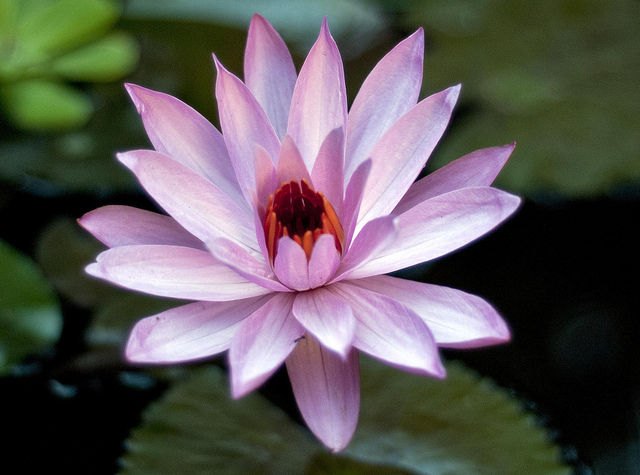
Flag
Also called “Tiranga,” the present flag of India has been approved during a meeting of the Indian Constituent Assembly, in 1947, just a month before India’s independence from the British. The national flag is also the war flag of the Indian Army. In the middle of the flag, we can see a navy blue wheel, which is divided into 24 “slices,” called Ashoka Chakra.
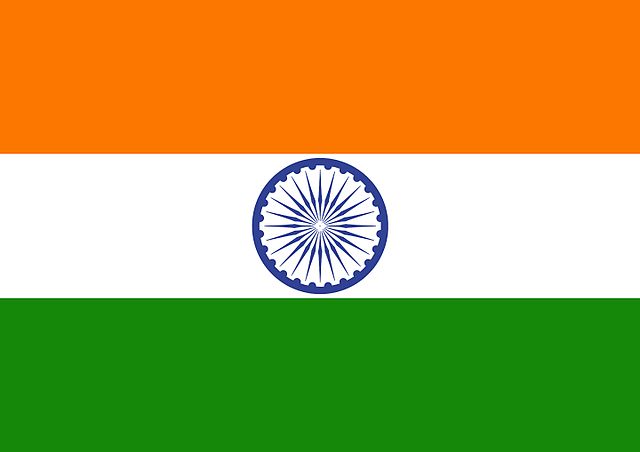
18Mar
A Traditional Perspective: The National Symbols of India
Are you crazy enough to come along for the ride? Then join us on the next Rickshaw Challenge. Get a team together and let’s see you at the starting line! If you want to join us in spirit, like us on Facebook or follow us on Twitter to keep up with our latest antics.





